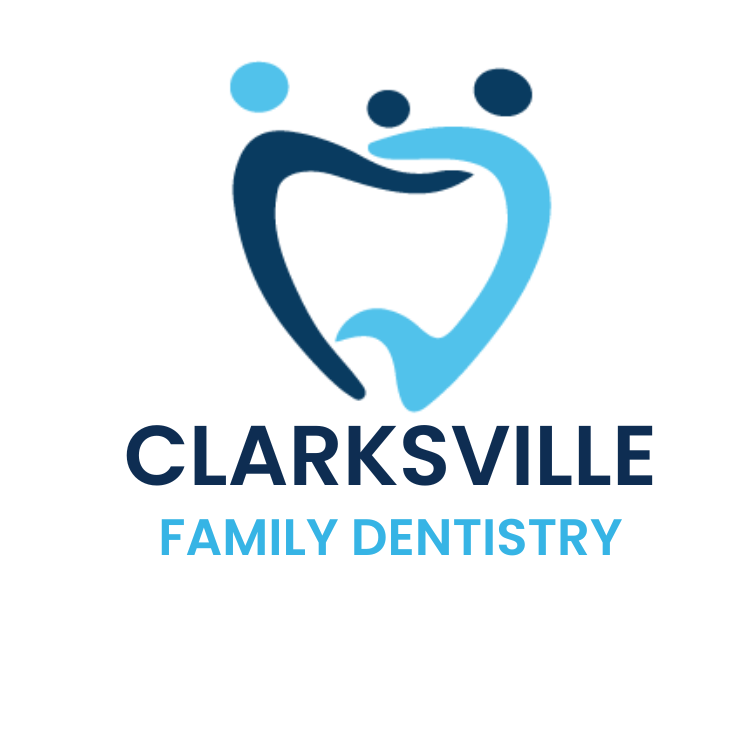
TMD Treatment: What Are Your Options?
Are you grappling with earaches, headaches, or persistent jaw discomfort? If so, you might be among the many individuals experiencing the symptoms of TMD, or temporomandibular joint disorder. This condition can significantly disrupt your daily life and overall well-being. Fortunately, a multitude of treatment options are available to address TMD effectively.
Understanding TMJ:
TMJ refers to the temporomandibular joint, the pivotal hinge connecting your jaw to your skull. This joint facilitates essential functions such as chewing, speaking, and mouth movements. Like any other joint, the bones of the TMJ are interconnected by muscles and the temporal tendon.
Deciphering TMD:
TMD denotes a disorder affecting the TMJ, characterized by restricted or painful joint movement. Symptoms commonly include oral, facial, or ear pain, alongside challenges with chewing. While the causes of TMD are varied, they may stem from genetic predispositions, habits like teeth grinding, or underlying medical conditions.
Treatment Approaches for TMD:
Your dentist will tailor a treatment plan for TMD based on comprehensive diagnostic assessments, which may include imaging studies and dental examinations. Treatment modalities for TMD typically encompass medication therapy, therapeutic interventions, or, in severe cases, surgical interventions.
Medication:
Medications prescribed for TMD often include anti-inflammatory drugs to mitigate swelling and inflammation. Muscle relaxants may be employed to alleviate tension in the jaw, while steroid injections can provide targeted relief for compromised TMJ muscles and tendons. Botox injections have also emerged as a promising therapeutic option for alleviating jaw tension and associated discomfort.
Therapeutic Measures:
Physical therapy and targeted exercises can aid in stretching and strengthening jaw muscles, reducing strain on the joint. Therapeutic devices like oral splints or mouthguards serve to prevent teeth grinding and clenching, which may exacerbate TMD symptoms. Counseling may be beneficial in cases where TMD is behaviorally rooted, such as those stemming from trauma or addiction.
Surgical Interventions:
For severe TMD cases resistant to conservative measures, surgical interventions may be warranted. Options include arthrocentesis, arthroscopy, or condylotomy, each tailored to address specific joint abnormalities. While minimally invasive procedures are preferred, open-joint surgery may be necessary in rare instances to achieve optimal outcomes.
Embrace a Pain-Free Life:
TMD encompasses a spectrum of disorders affecting the temporomandibular joint, manifesting as jaw and facial pain and discomfort. Targeted treatments aimed at addressing muscular, tendinous, and bony components can alleviate these symptoms. From medication therapy to surgical interventions, a range of options exists to provide relief and restore oral function.
Conclusion:
If you suspect you may be suffering from TMD, it is imperative to seek prompt evaluation and treatment from your dentist. By addressing TMD comprehensively, you can regain comfort, functionality, and quality of life. Don’t let TMD hold you back – take the first step towards relief today.
